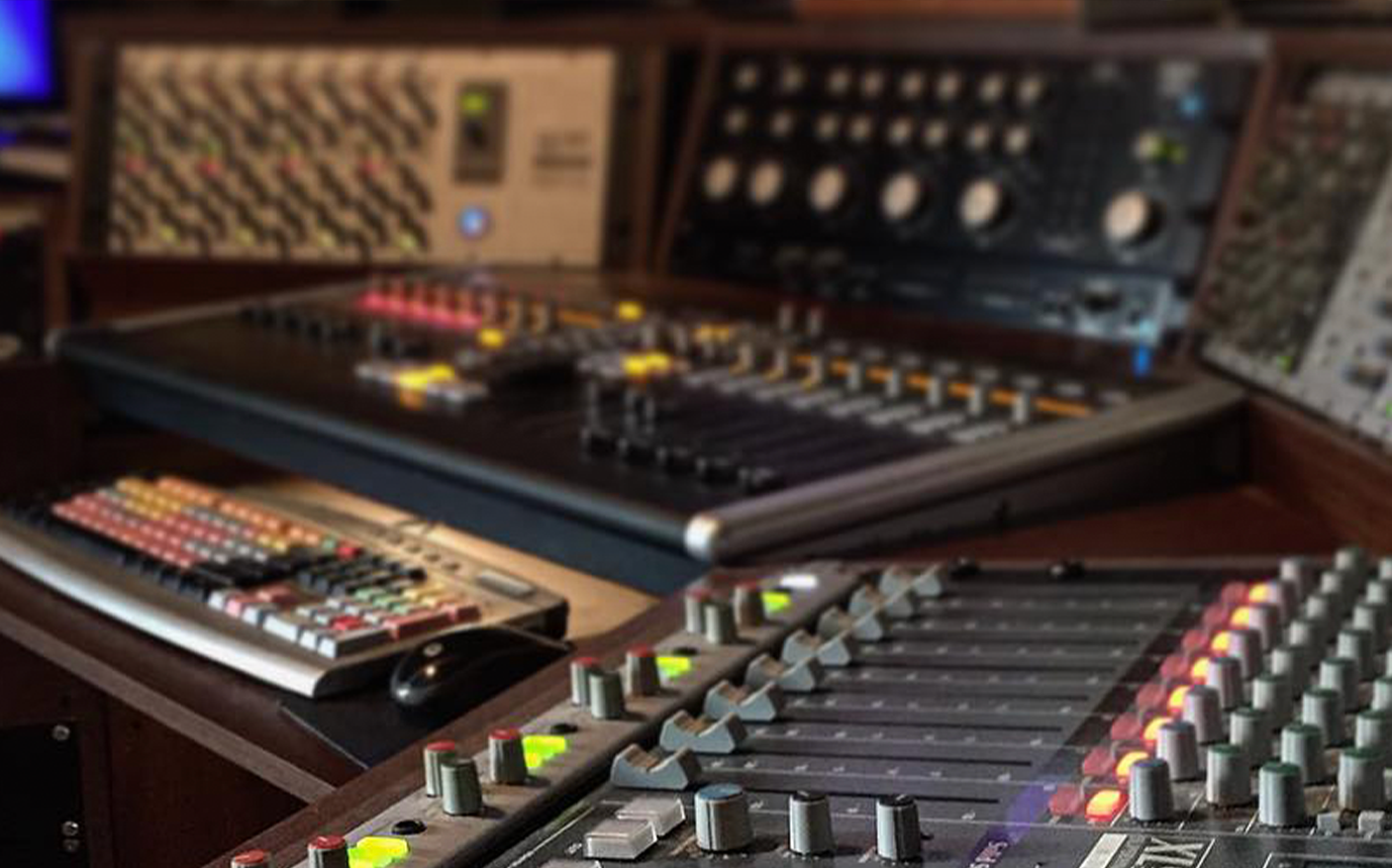1. Use A Spectrum Analyser
A spectrum analyser will visually show you flaws in your mix as well as highlight frequencies you can not hear. Many producers and engineers ask why if you can’t hear audio do you need to see it on a spectrum analyser? Often unwanted noise is not audible but is visual on a spectrum analyser. It is important to remove these frequencies to reduce mud in your mix.
2. Remove Unwanted Frequencies
Unwanted frequencies are a major cause of muddy mixes. Removing frequencies that conflict with others will reduce the mud in your mix. Muddy mixes constitute to many factors but removing frequencies that are not wanted or heard will help massively. You can remove unwanted frequencies using high and lowpass filters. For instance certain snares require a highpass filter to remove low frequency boom. By removing these frequencies you will create space in the low end of your mix for such sounds as basses and kicks, allowing your snare to cut through the mix.
3. Understanding Compression
Understanding compression and what you are doing with a compressor is key to a good mix. Many producers and engineers will blindly compress certain elements of a track not knowing why they are doing so, just knowing that it is something that needs to be done. Understanding what you are doing with a compressor and the effect you are having on the audio source is very important. Before applying compression to a certain element of your track take a moment to evaluate the audio source. Ask yourself what you are trying to achieve by using compression. Once you come to the conclusion of exactly what you are trying to achieve, use the correct compression process to achieve the required goal.
4. Use Buses
Buses can make a mix so simple if used correctly. Use buses to group stems which all require the same processing. This means instead of compressing each individual stem you will be able to compress all stems together over a bus. This process will achieve a glue like effect, consolidating all stems as one. Buses can be used in various ways. A group of stems may require to be increased in volume as a group. By routing stems to a bus you are able to increase or decrease the volume of all stems routed to the bus simultaneously.
5. Keep The Mix Simple
Try not to over complicate your mixes with confusing routing options. A very important point to take into account is approach the production, mix and master as three separate stages. Begin with the production of your track. Once production is complete don’t start mixing straight away in the same session. Bounce your track down into stems. Once your stems have been bounced begin mixing your track. By doing so you will have a less complicated mix. All filters, automation and modulation will be removed and converted into audio.
6. Bare In Mind The Mastering Process
Always keep in mind the mastering process that will be performed once your mix is complete. A lot of engineers and producers will reference to a mastered file and not a mixed file. By doing so you will end up mixing your track unbalanced and not achieve the best results from the mastering stage.
7. Bounce VST Instruments To Audio
Always bounce your vst instruments down to audio. Reasons for doing so will reduce the amount of the cpu the mix requires freeing up space to apply more native plugins. The most important reason for bouncing vsts down to audio is that by doing so you are able to see the waveforms rather than a midi file.
8. View Waveforms
Waveforms can be read like a book. If you haven’t already, train your brain to view waveforms in a way that is like a second language. I always say mixing is as much visual as it is audible. By reading waveforms you are able to visually see increases and decreases in volume. You are also able to view dynamic range and analyse if a stem requires compression and other processing.
9. Signal Chain
The routing in which audio travels from a to b is key to a good mix. Staging your processing units within your mix correctly is very important. Always bare in mind where you are applying certain processing in your signal chain. For instance does your audio source require post or pre EQ to the compressor. Should saturation be applied before you EQ or after. What exactly are you trying to achieve with the processing you are applying. After apply saturation to the audio source is subtractive EQ required. These are just a few questions you need to ask yourself when selecting where to apply your processing.
10. Gain Staging
Be aware of the input level running in and out of your processors. Most plugins and hardware have input and output monitoring. Making sure that the audio volume inputting into the processor isn’t running hot will reduce unwanted distortion. Monitoring the output level is just as important. Every time you insert a plugin or unit of hardware into your signal chain monitor the audio level of input and output. If you insert an EQ into your chain in between two previously inserted processors, after using the EQ you have inserted check all post processing units to ensure your gain staging is correct.

